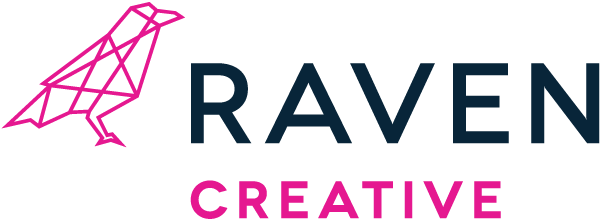SEO is a tough nut to crack. The deck is stacked; ever-changing algorithms, website malfunctions, broken links…and a myriad of other factors that can be totally out of our control.
Resigning ourselves to the fact that we’ll never outsmart Google frees us to shift our focus to the tactics we can implement to play nice with the search engine giant and improve our business rankings and listings. Basically, if we stay the course in creating valuable, organized content with the goal of serving our end-users well, we’re on track. One way to do just that is by implementing the topic cluster method.
We were introduced to this methodology through Hubspot, and we’re big fans. And not just because we’re a HubSpot Certified Agency Partner, but because it just makes sense. Put simply, this content marketing approach produces goods that both humans and search engines can relate to. Ready to learn more? Let’s do it.
What is the Topic Cluster Methodology?
Think of your content like a series of pillars, a stabilizing foundation for your marketing strategy. That pillar content becomes a web page that covers a topic in depth (aka core topic) and is linked to a cluster of related content.
For example, let’s say your core topic was lead generation. A related series of subtopics could include lead nurturing, marketing-sales funnel, customer relationship management, measurable ROI, customer lifetime value and lead scoring.
There are two main types of pillar pages. The 10x content pillar page is comprised of mostly owned content. With a similar format to an ungated eBook, these pages provide a deep dive on the core topic. Alternatively, the resource pillar page includes both owned content and outbound links, serving as a “bookmarkable” reference page.
Pillar page layout tips
Now that you know what a pillar page is, let’s talk layout. To reap all of the goodnessthat accompanies this methodology, consult the following checklist as you develop and design your page.
- Core topic referenced in page title
- Core topic referenced in URL
- Top navigation
- Core topic referenced in H1 tag
- Definition of core topic (if applicable)
- Conversion-focused landing page elements
- Anchor-linked table of contents
- Images with core topic referenced in alt text
- H2 tags for section headers
- Related core topic terms throughout the page’s content
- Links to relevant internal resources
- Links to relevant external resources
- Back to top button
Cool…but how do these pages get results?
There are two main factors at play here. First, pillar pages improve the user experience by organizing your site in a way that makes it easy to find and consume content.
API integration platform Cloud Elements provides a great example of this. They use pillar content to boil down complicated subject matter into bite-sized pieces that people can actually understand.
Moreover, you see SEO results from connecting your content by topic, because Google’s algorithm prefers a well-organized site that clearly communicates what each piece of content is about.
For instance, Warehouse management platform 3PL Central regularly rolls out new pillar content that contributed to a web traffic increase of nearly 900 percent and 200 percent in conversions in 2018.
Are you convinced yet? Check out some more examples of pillar pages in action.





